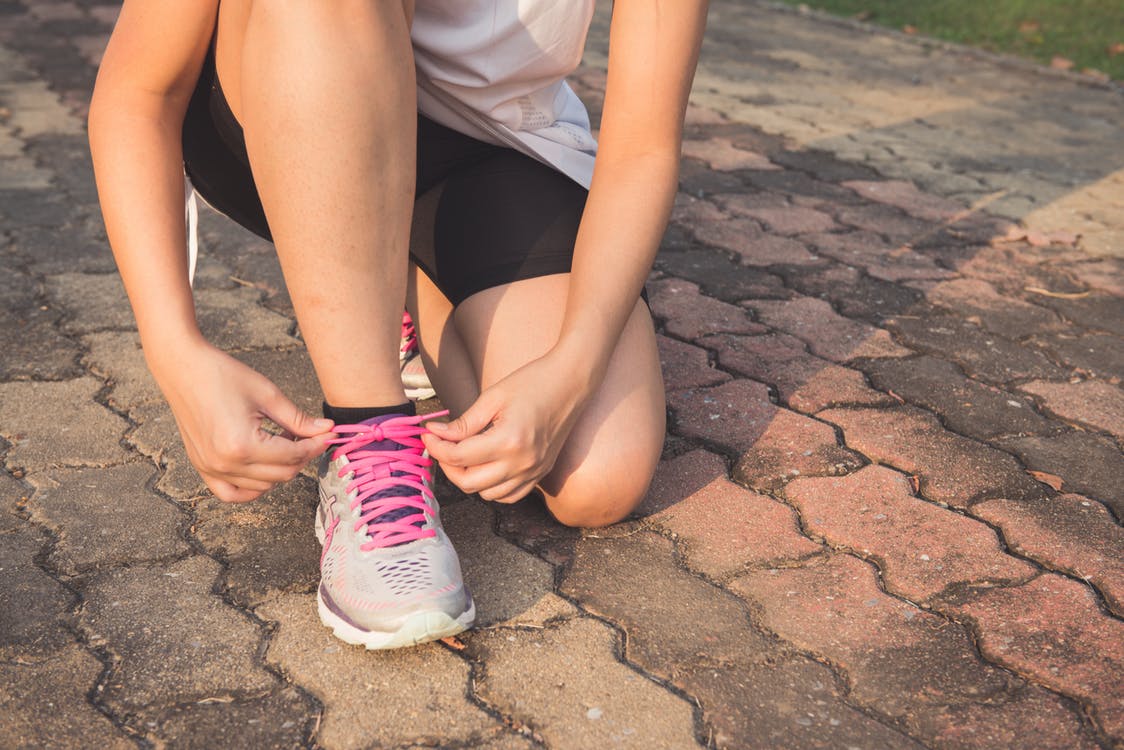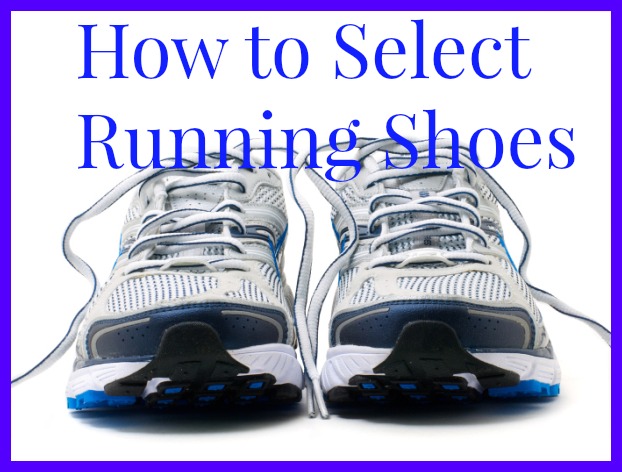How to Get Back in Shape After a Broken Foot
A broken foot is a frustrating and painful injury that takes weeks, if not months, to heal. Rest is important in the initial healing phase of a broken bone, as the damaged area needs sufficient time to recover. Although it helps the injured foot, the limited mobility and reduced activity from the healing period can be psychologically taxing, especially if you normally live an active lifestyle. Fortunately, there are ways to stay surprisingly fit while recovering from a foot injury. Non-weight bearing exercises like swimming, aqua running, and cycling are great to start with. As the injury heals, you’ll be able to add more weight-bearing activities like cross training and the elliptical machine. The amount of time it takes to return to physical activity depends on several factors, including the location and severity of the break and whether or not you have had surgery and a cast. However you choose to stay fit, be sure to check with your doctor first to make sure you are clear to proceed.
Swimming
If you do not have a cast on your foot, swimming is one of the best kinds of aerobic exercise that can do. Swimming is not a weight-bearing activity, which makes it a safe choice for staying fit while allowing your foot to recover. If you are in pain while standing in the front end, or if a kicking motion bothers your foot, put a kickboard or a pull buoy beneath your legs and swim laps using only your upper body.
Aqua Jogging
Aqua jogging, also called “water running,” is another aquatic-based activity that is generally safe to do with a healing broken bone. To aqua jog, you’ll need to get a special water running belt that keeps you in a vertical position as you make a pedaling motion with your legs through the water. If you start to lose motivation from the repetitive back-and-forth motion, try exercising to music or doing an interval-style workout to switch things up.
Indoor Cycling
Indoor cycling is another non weight-bearing activity that you can probably do while healing. Provided you ride a stationary bike with low resistance and don’t stand up, you’ll keep weight off your foot while simultaneously strengthening your calf and thigh muscles. By building up these muscles, you’ll be able to return to other weight-bearing activities, including walking, running, and cycling outdoors, more quickly and safely than if you did not maintain lower body strength.
The Elliptical Machine
The elliptical machine, which simulates the movements of running and cross country skiing, is another low-impact activity that is usually added a bit later in the recovery period. Elliptical machines are great for toning your entire body, and you can change the level of resistance as needed to make a workout safe. Because they work the same muscles, elliptical machines are commonly used as an alternative to running by injured athletes who can’t perform weight-bearing activities.
Cross Training
Cross training is a multi-activity regimen that combines several aerobic activities. With a cross training exercise plan, you’ll likely combine one day of an aerobic activity like cycling, swimming, or the elliptical machine, with one day of strength training in both your lower and upper body. In the later stages of your foot healing, you can start adding in a little bit of walking and eventually jogging to your cardio routine, but remember to follow one day of higher-impact activity with a day of non weight-bearing exercise or rest.
Strength Training
Strength training is another good way to keep your muscles toned and in shape while you heal. Strength training will benefit both your upper and lower body, and it may even make you stronger than before when you return to a regular activity like running and cycling. Strength training can be done either in your own home or at the gym, and it can include a variety of activities such as free weights, weight resistance machines, resistance bands, and exercises that use your own body weight, such as push-ups and pull-ups.
Stretching Exercises
Although it’s not a substitute for a sweat-inducing workout, stretching is another important activity for healing a broken bone. A standing calf stretch, towel stretch, and gently rolling your ankle with your toes pointed toward the ceiling are a few good stretches you can do to increase mobility and flexibility. After you can stand on your foot without being in pain, you can advance to more difficult stretches that require standing on the injured foot, such as a heel raise, a standing toe raise, and a stretch called a “towel pickup” that involves picking up a towel with your


